This morning I saw that Atlanta’s Old Fourth Distillery has hired a consultant to try and broker a sale. It’s sad to see but not terribly surprising. This is actually the second Georgia distillery to go on the market this month – Savannah’s Ghost Coast distillery is also up for sale through the same consultant. You can read (and see) more about what I saw at O4D this summer if you’re not familiar with them.
First, let me say that I have no idea why this is for sale (nor do you most likely), so let’s be nice. I’m writing this from the viewpoint that business isn’t as good as they’d like and they want or need to exit the business. There are other possibilities as well, perhaps the partners have had a falling out or a major life event and the only way to handle it is to liquidate the business. Or maybe they’re just tired of managing a distillery — it certainly looks like a lot of fun from the outside, but there’s a LOT of work that goes into a business like this.
Second, I’m not going to start breaking down the cash side of the deal. There are good arguments to be made that the only thing of value in the deal is the bourbon and the rest of the distillery is incidental (especially since there’s no real estate in this deal, as opposed to the Ghost Coast distillery sale which was entirely a real estate deal). I don’t follow the price of wholesale bourbon, so I can’t say how good or bad $2,400/cask is on paper.
Third, I’m just an amateur booze geek who’s never owned a distillery and doesn’t work in the industry at the moment. So it’s likely that I’m waaay off base here. And it’s easy for me to sit here with a cup of coffee armchair quarterbacking this. I welcome comments explaining where I’m wrong.
The Details
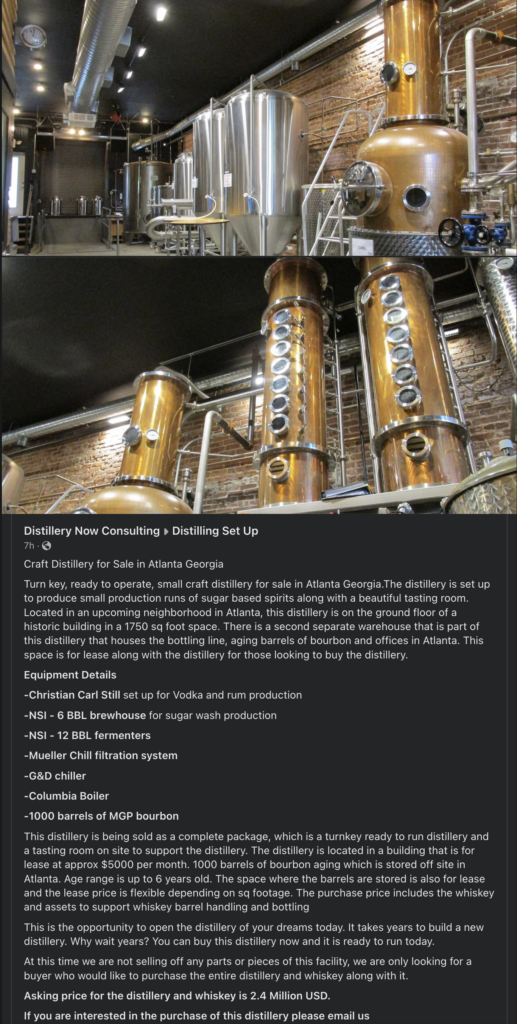
The distillery and warehouse spaces are rented. The distillery and tasting room are as small as they felt when I was there – just 1750 sqft. The nice thing about this sale vs the Ghost Coast sale is that the aging bourbon is included.
My Hot Take
Disclaimer: Remember.. I’m not in the industry, I’m just an outsider and part-time booze geek.
I feel like this is a distillery founded by enthusiastic entrepreneurs who got excited about the idea of owning their own distillery but didn’t stop to really dig into the realities of what that really meant. The distillery is too small, the tasting room is WAY too small, they’re actually making their own vodka but at what cost… These and other things really don’t sound like a winning craft distillery setup.
But first, let’s look at the bottle again.
Yes dammit, we’re talking about the bottle again.
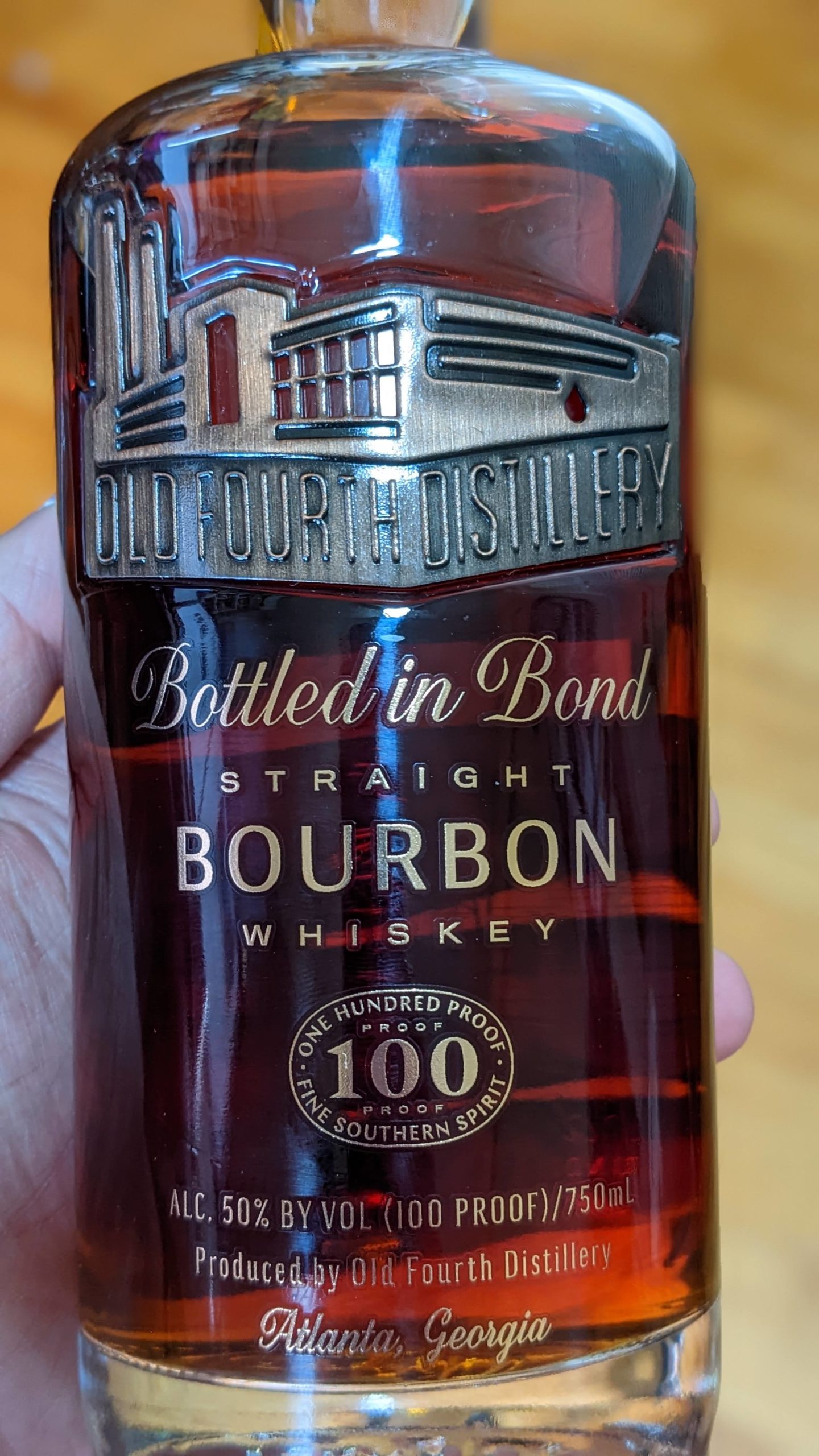
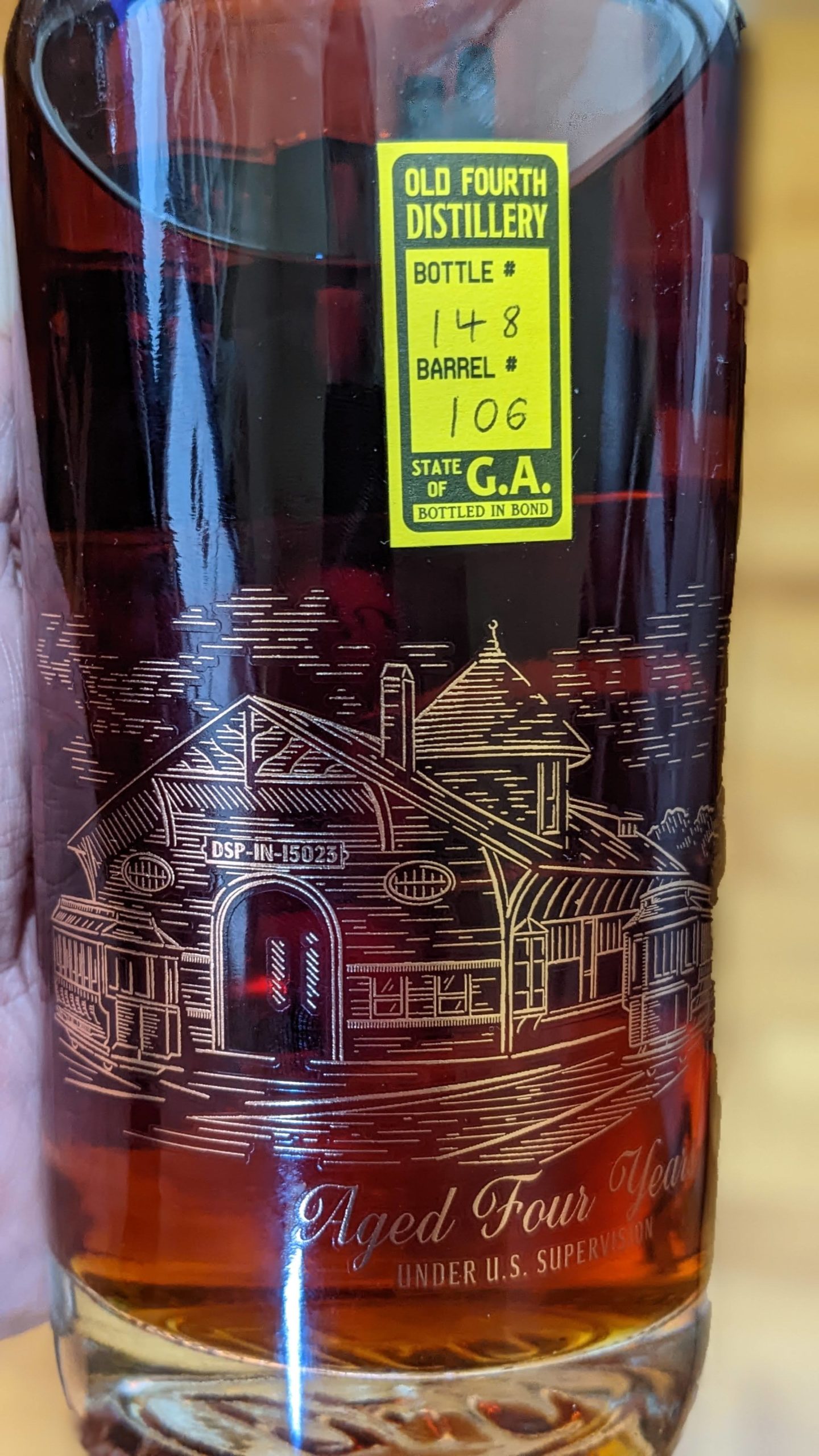
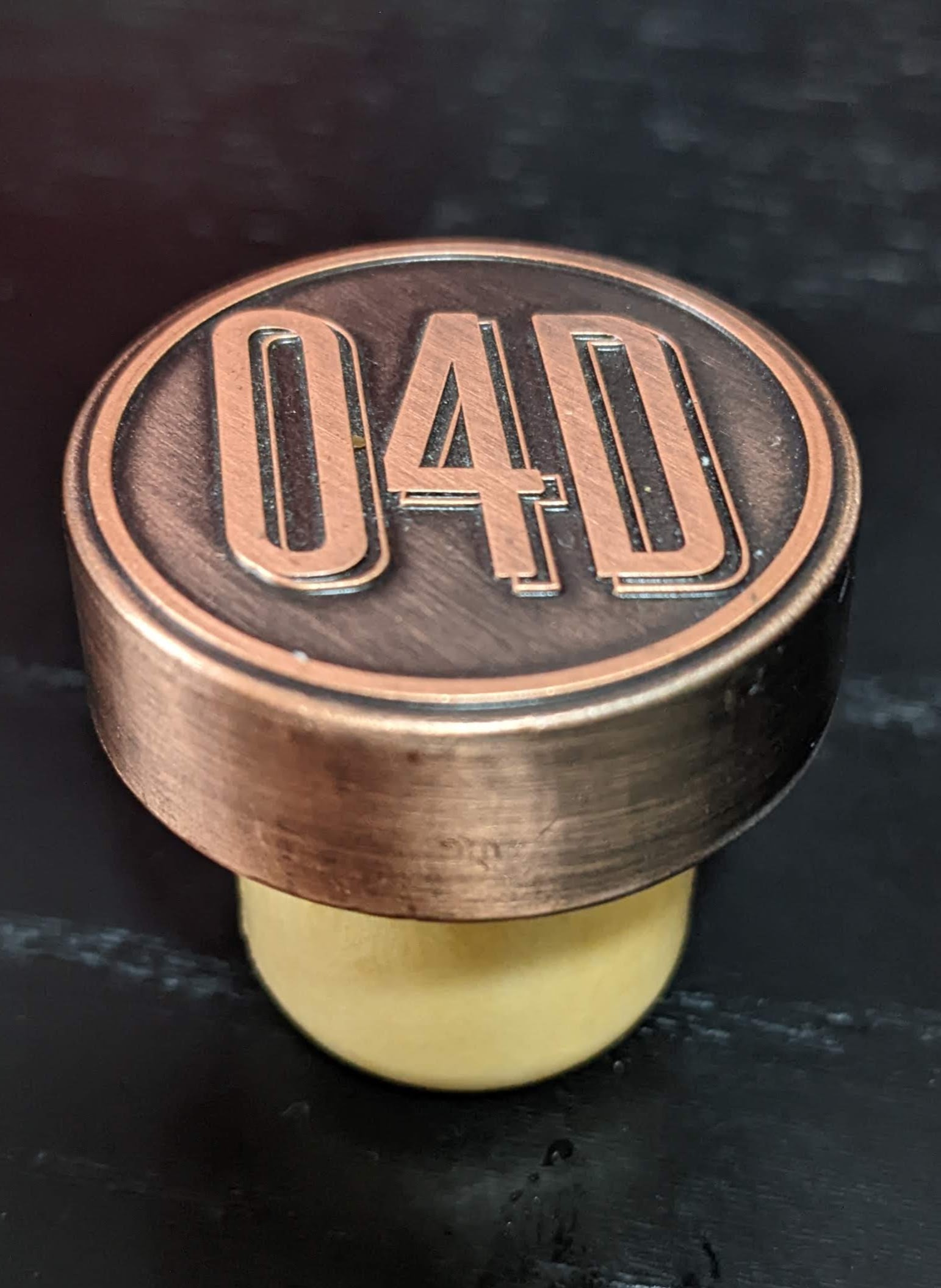
It really is a beautiful, well-designed bottle. The metal inlay on the front is nice (and there’s a metal wrap on the neck I didn’t get in the picture). The art of the trolley barn on the back is also nice, as is the sticker with batch information that calls back to the old excise tax stickers you used to find on liquor bottles years ago. And the cap – that thing is solid metal. It has heft. If you were in a bar fight and breaking the bottle on someone’s head didn’t do the trick, you could pick the cap up off the floor and have a good chance of giving them a concussion with that alone.
It’s also expensive. Aside from the initial design cost, a custom mold is needed. Then there’s the cost of making and adding the metal inlay and neck wrap. And those corks. I have some wild guesses that I’ll keep to myself about what the per-bottle costs might be, but there’s no doubt that they eat into the potential profit per bottle more than they should. It even came up in an interview about their vodka in a custom but not as expensive bottle before their bourbon was released (“We spent so much money on our bottles”). Their bourbons sell for $49 at Seelbachs, a recent sale had them at $39. Working backwards and deducting retail and wholesale markups to guesstimate O4D’s price to the distributor and then subtracting my guess at what the bottle cost and some other expenses doesn’t paint a pretty picture.
The controversy over whether they’re properly identifying the source of their bourbon might tie into this as well. They’ve paid for a design that has MGP’s DSP license number on the trolley barn and the bottle molds and layout are finalized. We don’t know how many pallets of bottles they’ve got sitting in their warehouse they need to use before reordering, and any changes to the bottle design come with a cost. Of course, they could just change the batch sticker design to include “Distilled in Indiana”, but that would be more obvious.
OK, enough about the bottle.
The facility
The distillery/tasting room looks great. It’s in the storefront of a historic building and it’s aesthetically pleasing inside and out. Unfortunately it’s (*$&%ing tiny and they’re very limited on space. I think one of the reasons they don’t make their own whiskey is that they really don’t have the room for more fermenters (or bins of spent grain post-ferment). They’ve got two fermenters for sugar washes to make their vodka, and they can run those through pretty quickly.
Front of house is also very tiny, and IMHO this really limits their potential revenue. In Georgia, distilleries can sell their products directly to customers without going through a distributor (in some states, what you get in a distillery tasting room is actually purchased from a distributor with a markup, even if you’re literally sitting a few feet away from the bottling line). This means that any bottle O4D sells at retail price nets them much more profit than a bottle sold in a liquor store. And it means that cocktails O4D sells also bring in more profit. Unfortunately their tiny tasting room severely limits this opportunity.
They do events, but… they have to stop production when they do. Check out this event space ad for their distillery. Capacity is 30 seated, 60 standing. That’s for the whole space, tasting room and production area combined. Look at this photo from the listing — they’ll lose a day of production every time they do this. Either they’re not running very often, or they’re not doing many events. They should be in a space where they can do both at the same time.
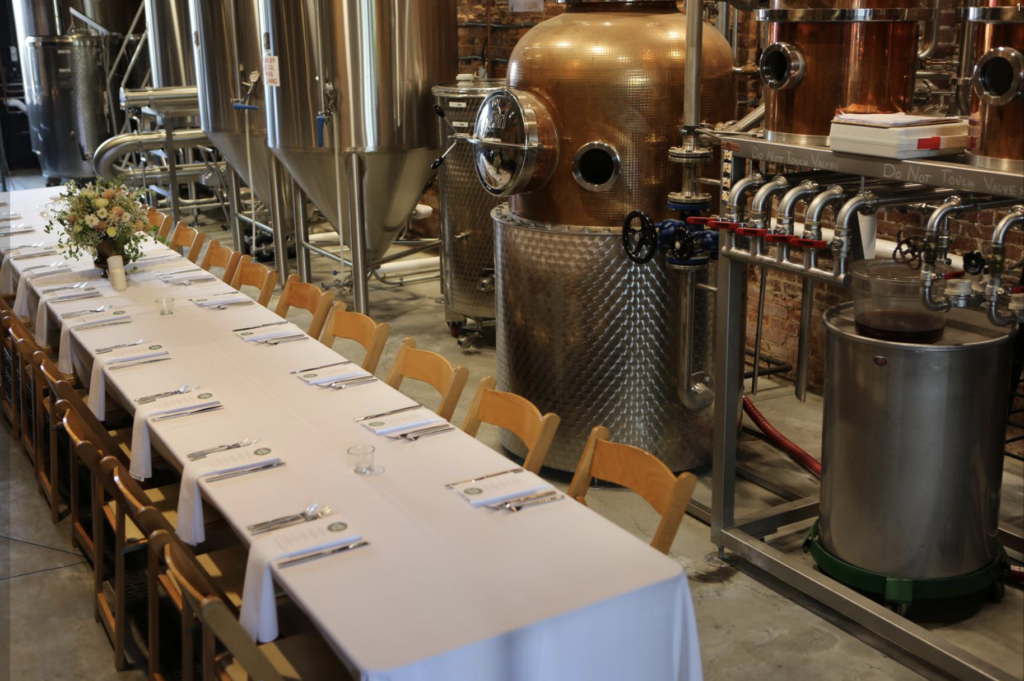
The brand
One more disclaimer here: While I’m an Atlanta native, I haven’t lived there in ten years. O4D didn’t exist when I left for Singapore. Oh, and I live in Singapore, so I’m far, far away from the Georgia market and don’t see many local ads and I don’t spend much time in local bars and liquor stores. So I might have missed a lot..
O4D’s bourbon is sourced from MGP. This isn’t necessarily a bad thing — in fact, it’s a good thing in many ways. Nobody can argue that MGP doesn’t know how to make great whiskey. So we know from the start that this is going to be quality spirit. But there’s a LOT of MGP whiskey out there. A LOT. So O4D needs to put a lot of effort into telling the market why THEIR whiskey is better than the others. Take a look at the bourbon whiskey section at your local liquor store (if you’re in the United States) and really take in just how many different brands there are. And that shelf space is limited. Aside from needing to convince consumers that your brand is special, you also need to convince retailers to give you space for your bottles.
O4D’s brand (I think) is that they’re Atlanta’s local distillery. They started before local distilling powerhouse ASW got going. The brand itself is named after Atlanta’s Old Fourth Ward district, giving it some ITP cred (that means Inside The Perimeter for non-Atlanta folks, The Perimeter is the circular road around Atlanta). The bottle itself has images of Atlanta buildings. And yet the whisky isn’t from Atlanta, a fact that’s hidden as much as possible on the bottle (sorry, I lied when I said I was done talking about the bottle earlier).
I don’t know how much effort they put into marketing beyond the bottle design. Did they have a large enough team going into bars and retailers to push tastings and events? Were they able to support their distributors outside Georgia and get much traction there? In all my readings and classes on the distilled spirits industry, the sales and marketing side are really critical. Yes, you have to have a quality product, but if you think that customers will beat down your door to buy your product without your needing to really get out there and sell it you’re crazy. The cult brands that sell themselves are very few and far between, and you don’t want to count on that.
Friends in Atlanta confirm that their marketing was weak. A few really like their whiskey, but several tell me that while it’s on the shelf in Atlanta bars, it’s not promoted very often. And they never see it promoted out of state.
Their brand isn’t just bourbon
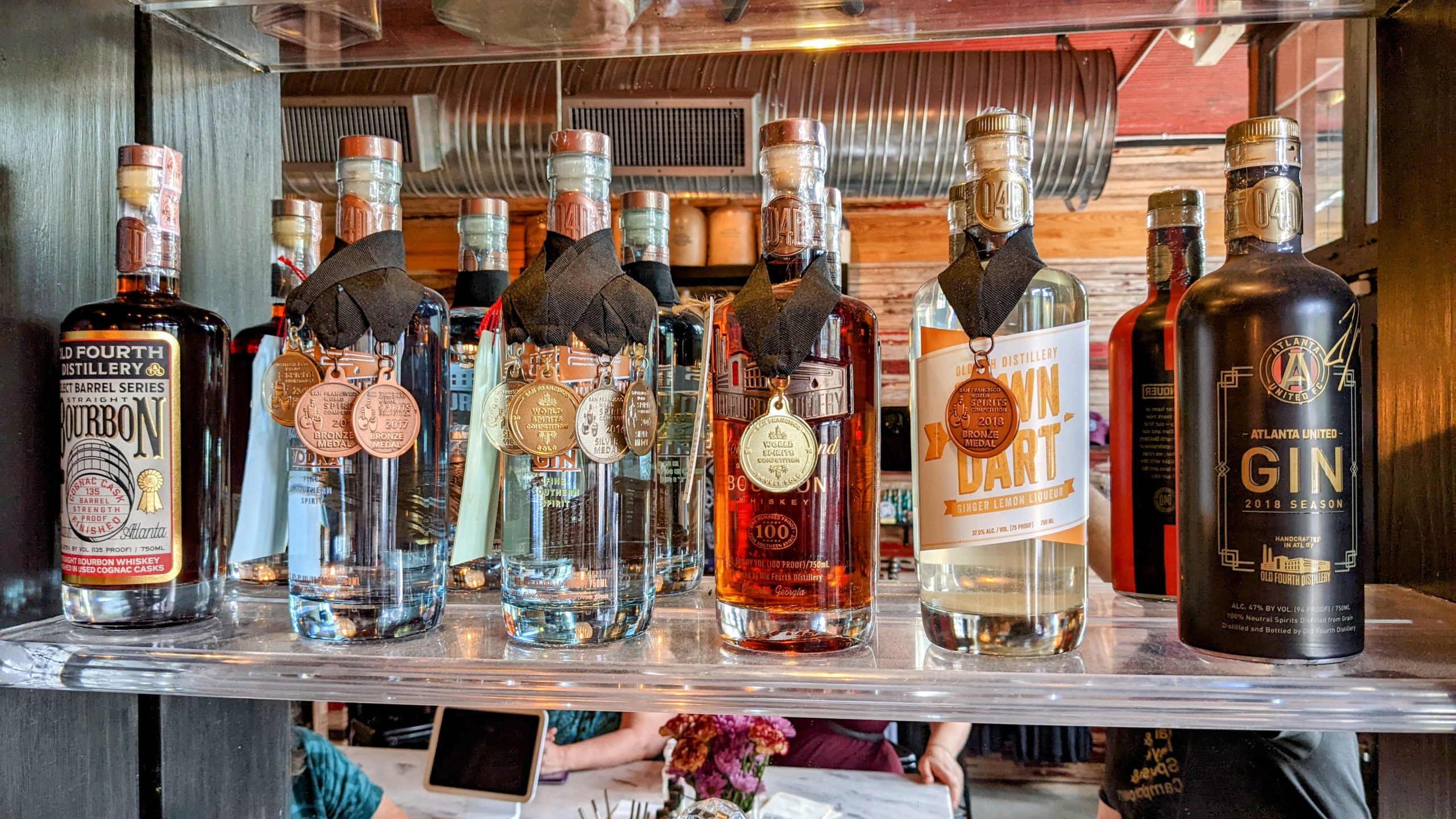
I’ve talked a lot about their whiskey, but they also sell vodka, gin, and a liqueur. Not just that, they actually MAKE their own vodka from cane sugar instead of buying NGS like many distilleries do. While this sets their vodka and gin apart from the many, many, many, many other vodkas and gins out there, I’m not convinced this brings them much benefit. Aside from the small community of vodka enthusiasts, how many vodka drinkers know how hard it is to make your own vodka? Or care? They want their mixed vodka drink and are much less concerned about what the alcohol is that’s in it.
I don’t remember seeing O4D vodka anywhere in any Atlanta bar I visited.
Fantasy Distillery (like fantasy football, but more flammable)
So, if someone handed me the keys to O4W what would I do?
1: Move
I’d move the distillery and tasting room. And maybe the warehouse as well, potentially. Ideally I’d want a single location where the casks, still, and tasting room are together. I’d want a large bar/tasting room with areas that could be rented for events. If I couldn’t fit a thousand casks there, I’d at least want enough for people to see that they’re in a distillery. Look at what ASW has done with their three locations. A very large percentage of space at each is used for their bar/tasting room.
They’ve tried this in the past – in 2015 they bought a property on Decatur St that they hoped would handle aging, events, and office space. It doesn’t seem to have worked out though, and in 2021 they tried again by leasing space on Bouldercrest Rd. Their listing doesn’t say how much space they’ve leased, but other tenants include a Crossfit studio, so I assume rental rates aren’t terrible. Perhaps they had a plan to move everything including the distillery to this location?
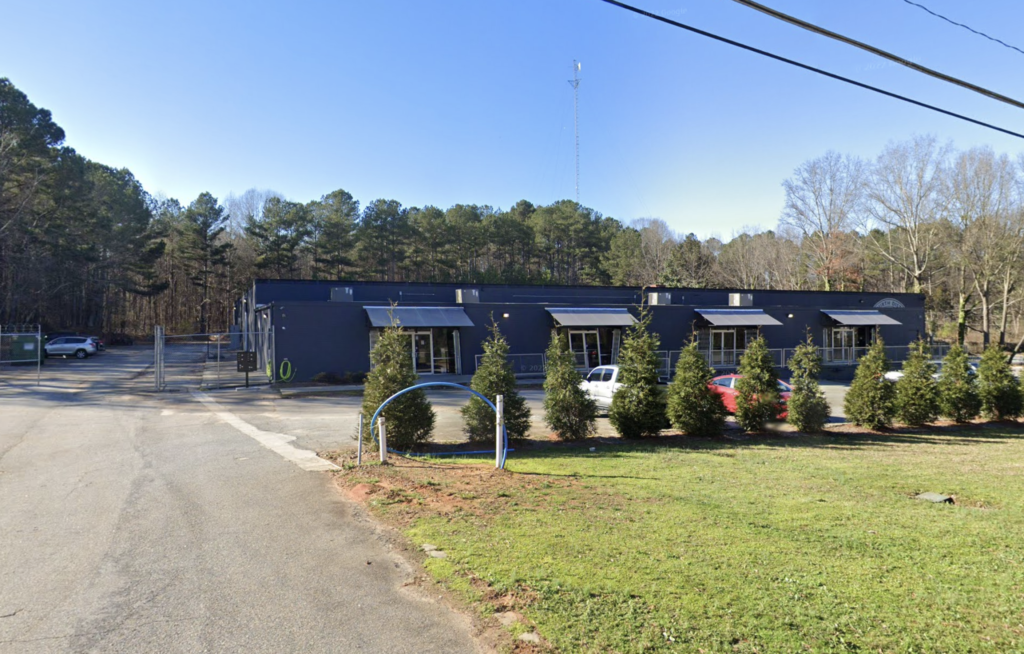
Should O4D start making their own whiskey? Maybe, but they’re never going to be able to do it in their current facility. They already have some experience with sugar washes, it’d be fun to see them try a rum with molasses or sugarcane syrup.
2: Deep dive review of expenses and profit
I’m not a clear spirits person, but I wonder what the profits really look like on their vodka. As I mentioned earlier, distilling neutral spirit takes a surprising amount of work, and while as a booze geek I’m impressed that they’re doing it, I don’t think it really sets them apart in the market. And when it comes to their gin and Lawn Dart liqueur, I’d challenge anyone to taste the difference between their gin and liqueur made with their own neutral spirit vs a version made with a quality sourced industrial NGS. And I’d be surprised if the material and labor cost to make their own spirit cost less than buying a tote of NGS.
I swear this is the last time I’ll mention the bottles, but I’d use the remaining inventory of their metal-inlaid bottles only for limited release premium whiskeys. I’d do the math on whether it made more sense to move to a commodity bottle with an eye-catching label or painted design for standard releases.
3: Re-evaluate the brand and market
Where does O4D want to be in the market? Who is each line competing with and how does it compare against these other labels? Is the brand fighting battles it can’t win? Are limited marketing resources split too many ways? What brands aren’t profitable and which are?
I’d figure out where their strengths and weaknesses are (and how those line up with market realities) and refocus their efforts appropriately. O4D is Atlanta’s first distillery, but I feel like people don’t know that.
4: Push
Once the first three things are complete and the company is on good ground physically, fiscally, and existentially, I’d take the learnings from the third point (where do we want to be, where can we compete) and make a hard push to grow those lines, whatever they turn out to be. O4D bottles should be on more bars in Georgia, and it should be promoted as a local brand with a cocktail program to back it up. Set up a spirits education program and bring in F&B owners and front of house staff for industry-focused tours and tastings. Teach them about the product, how is it made, how is it different, why should they care. Do the same for the off-trade, educate package store owners through events and tours and make sure they’re supported in the store.
The future
Of course, nobody is going to hand me the keys to the distillery. And with the stock market the way it is now, I’m not going to be writing a check for it any time soon. But those casks of aging whiskey will be catnip to certain people, and I expect the broker will have more emails to read than he knows what to do with on Monday.
It seems probable to me that someone will buy this for the whiskey and then sell the distillery equipment and bottling line separately. CARL is a very reputable still maker, and it won’t be hard to sell it.
I think the worst thing that could happen is someone with $2.4 million sitting around idle buying it because they’re excited about the idea of owning their own distillery, but then running it into the ground once reality sets in. Hats off to the current owners, who appeared to be keeping everything clean and well-maintained when I was there this summer. If they’re hitting financial problems, it wasn’t obvious when I was there. I’ve seen other businesses where owners really start cutting corners and quality suffers, and that’s not the case here.
I hope someone buys this and turns this into a solid Atlanta distillery that we can be proud of for years to come. And that they make bottle labels that are more transparent about the actual source of their whiskey (sorry, had to get that in one more time).

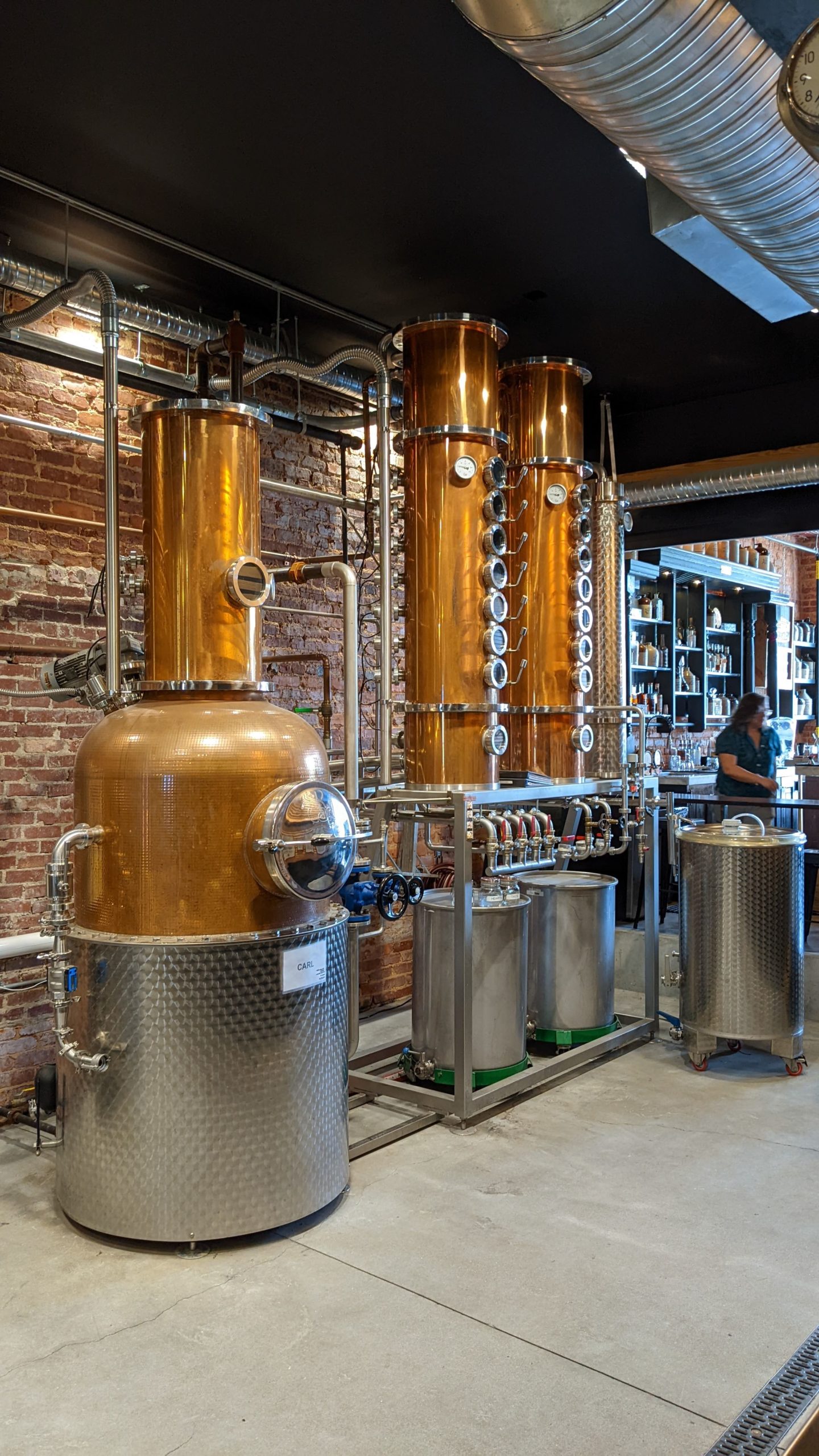
Bottles are an interesting point, and the last few years has seen the cost shooting up, largely due to freight costs between China and anywhere else. I have a custom bottle, and the costs are surprisingly competitive for me when compared to buying off the shelf product. The main advantage of a standard bottle is that you can buy smaller lots, which helps cash flow.
The custom mold costs around US$1,500 to make, and is then the responsibility of the manufacturer to maintain. It does wear out with time.
Stock bottles cost around US$0,35 – US$0,50 in China, and the price increases with the weight of the glass used. Custom bottles are not hugely more expensive for the glass, if they are not overly heavy.
MOQ varies between 6,000 units (shared container) to around 22,000 units for a full container, depending on the dimensions of the bottle of course.
The metal work on this bottle will probably be cheaper than you imagine – especially if this is all done overseas, rather than assembled locally, which requires time and labour, and attention to detail (I’ve seen a few badly done metal inserts on bottles, and it spoils the whole effect).
I am assuming this bottle is made in China – Poland, Turkey, Italy, Mexico & the UK also make custom glass, but they generally use a different type of system, that needs large volume production runs – so unless you are buying in lots of 50,000 plus (and higher) they are unlikely to be taking your order, as it’s just not worth them interrupting a production run to push your order through. The system used in China appears to be able to make smaller batches, and run various different molds at the same time, allowing them to produce smaller lots.
Thanks for the details on the possible bottle cost, I’d heard higher rates for mold creation but those may not be based on Chinese manufacturers. From what I’ve read, the neck metalwork is put on by hand at the distillery for at least some of their products, like the vodka. That doesn’t have the insert on the front though. I guess they could have one company make the bottles and another ship them boxes of the metal and apply them by hand, but that really seems like painfully tedious work.
On a related cost note, I heard from someone who would know that their asking price is actually pretty good compared to the going market rate for MGP bourbon in the same age range. Of course, that’s assuming that all of their casks are 4-6 years old, which probably isn’t the case.
It’s much easier to make rum or vodka from molasses or sugar than whiskey. Whiskey is from grain which requires milling and cooking prior to fermentation. This means more equipment and more floor space.
They say up to 6 year old on those 1000 barrels. I wonder what the average age is. If they are in the 5-6 year range, someone would buy this distillery just for the MGPi bourbon.
Hi Wade, I don’t have a lot of experience with white spirit production, and I guess I was probably thinking more about industrial-sized multi column continuous stills that produce large amounts of vodka instead of the smaller batch setup they have. I imagine it’s much easier to get everything balanced in a smaller system (though someone is probably laughing at my naivety now). On the rum side I agree 100%, being able to skip the process of preparing and cooking the grain makes things much easier. If they tried doing that in their current facility they’d barely have room to move.
Yeah, I heard from someone earlier this morning about the bourbon price, it sounds like they’re selling at a very competitive price compared to the going rate for MGP bourbon in that age range, but as you said it all depends on their actual inventory. I’m still not clear on what they’ve been buying from MGP, at the distillery they said that they buy new make bourbon and age it themselves in new casks they’ve bought. If that’s the case, they might have a larger amount of young spirit (and it might go for a discount compared to 100% barreled and aged in Indiana casks).